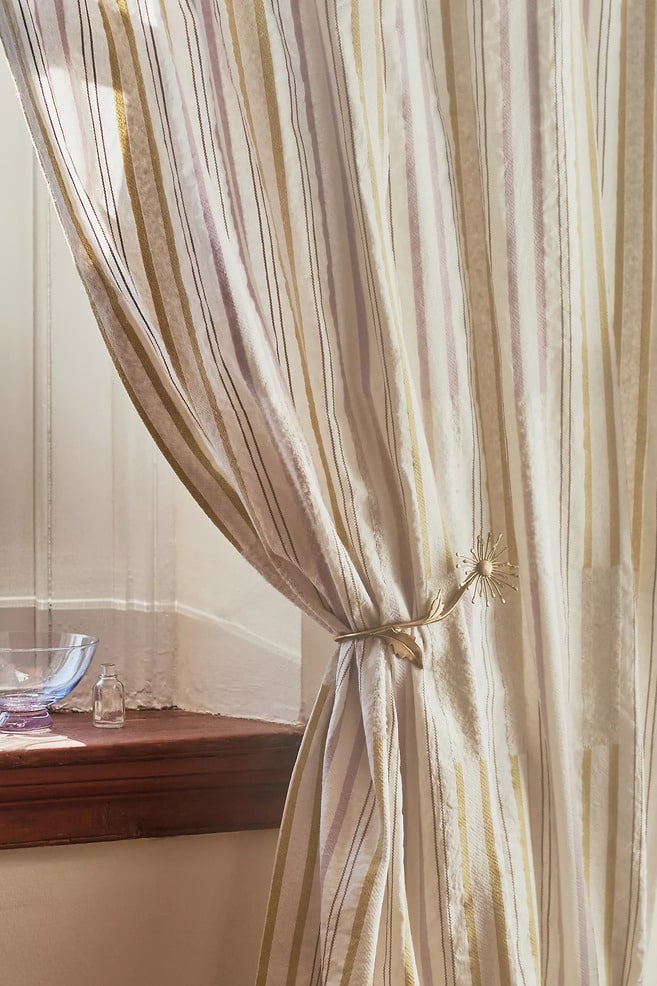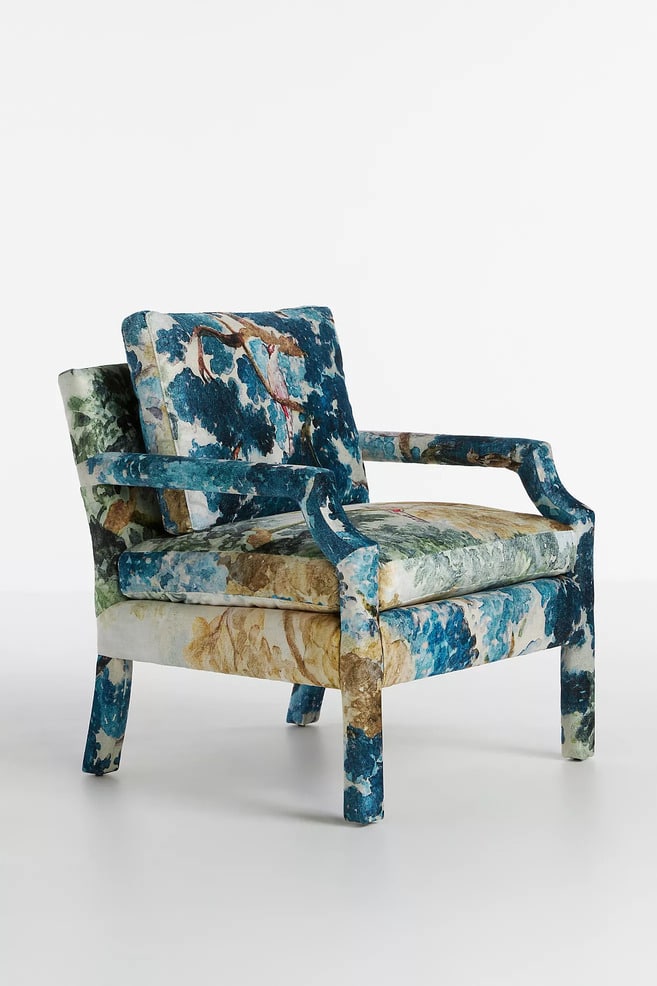Monique Alphand’s collection of antique Provençal textiles, photographed by Joanna Maclennan
French fabrics have long been favorite of interior designers world-wide thanks to their exceptional quality, elegant designs and history-laden production methods. A perfect blend of artistry and culture, French textiles hold a significant place within the country’s cultural identity, revered for their craftsmanship and enduring appeal.
SUBSCRIBE TO THE MAGAZINE
So, let’s delve a little into the history behind France’s most popular textiles, uncovering the renowned patterns and materials that have stood the test of time and how they can be used at home to capture the uniquely appealing essence found in French interiors.
Use the code MFCHMAG10 for 10% of your purchase on the MFCH boutique!
1. Toile de Jouy
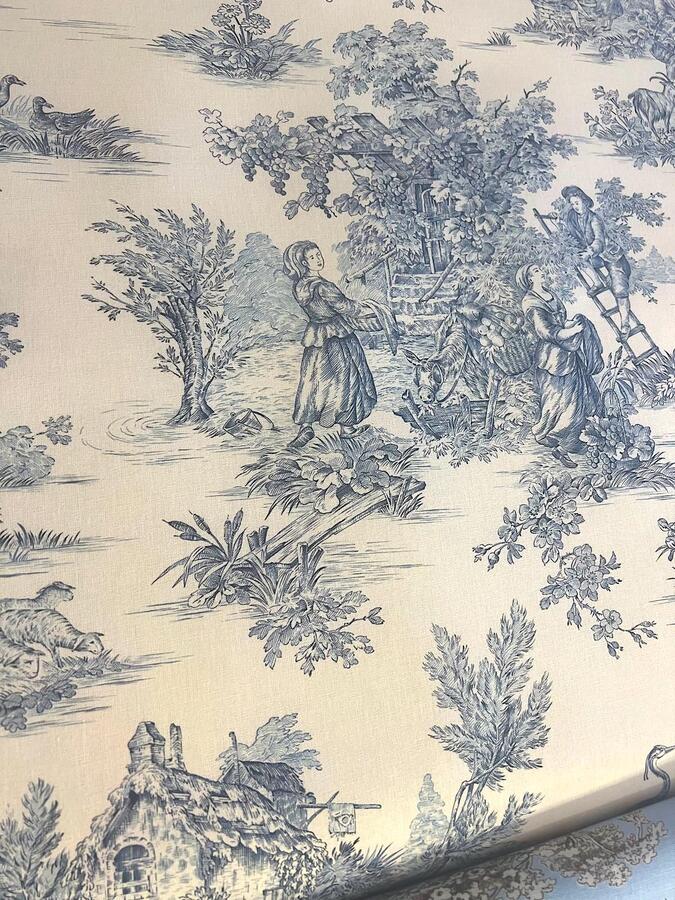
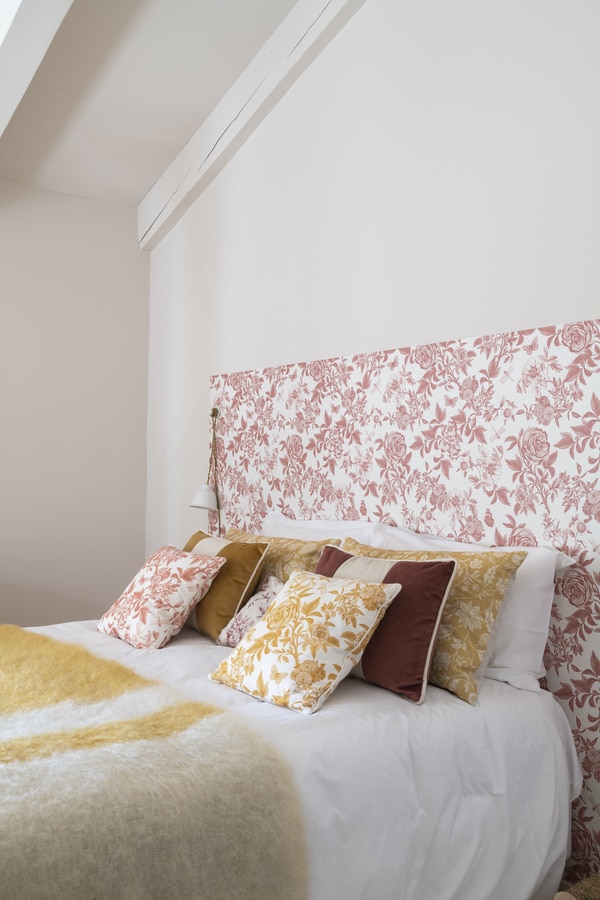
Without a doubt one of the most recognizable of all French fabrics, Toile de Jouy emerged in the late 18th century, hailing from the town of Jouy-en-Josas near Versailles. Characterized by its intricate pastoral scenes, it is often printed in a single color — blue, green and magenta are the most typical— on a white or off-white background, or in reverse for a more striking effect.
Created by Christophe-Philippe Oberkampf, a German-born entrepreneur, Toile de Jouy utilized innovative copperplate printing, enabling fine, detailed designs that were not achievable with the widely used woodblock methods of the time. This newer method for significantly enhanced the aesthetic appeal of the fabric and led to its immense popularity at the French court, especially among Queen Marie Antoinette and her ladies, who adored its idyllic patterns.
Toile de Jouy can add a touch of classic elegance to any room. It is perfect for upholstering armchairs and sofas, or creating custom cushions, providing a traditional yet timeless look. When used as wall and window coverings, it adds a a touch of historical drama, working especially well in bedrooms and living rooms. Additionally, using Toile de Jouy for bedding or upholstered headboards creates a serene space for sleep. The pastoral scenes are sweet and gentle yet its royal associations keep the pattern from become overly saccharine.
Pro Tip: Use sparingly to avoid visual clutter and mix with other patterns for a more modern feel.
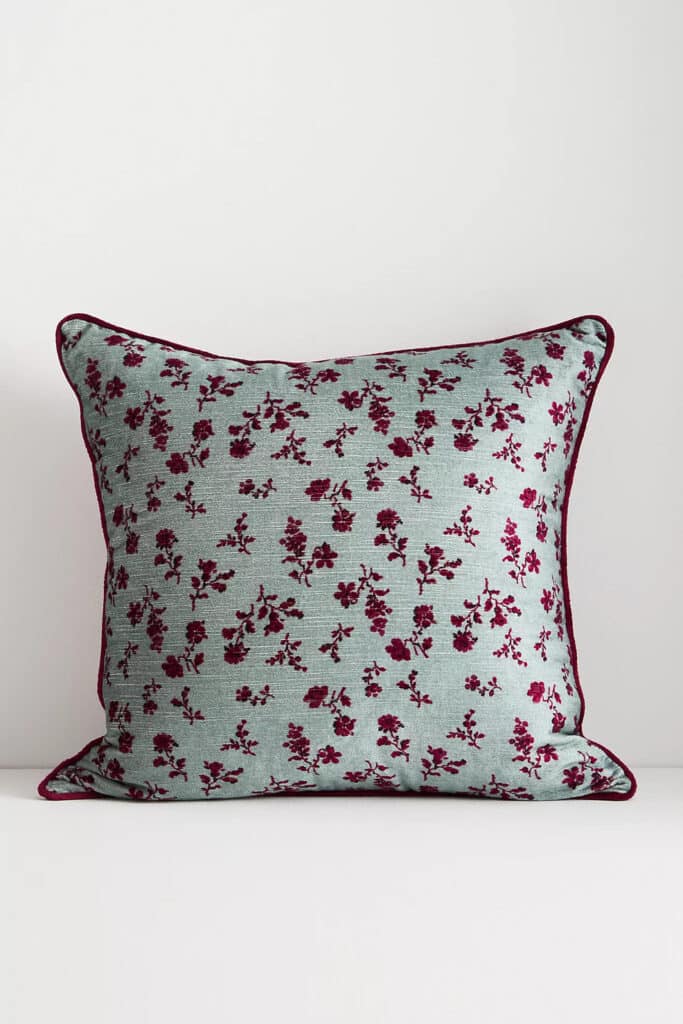
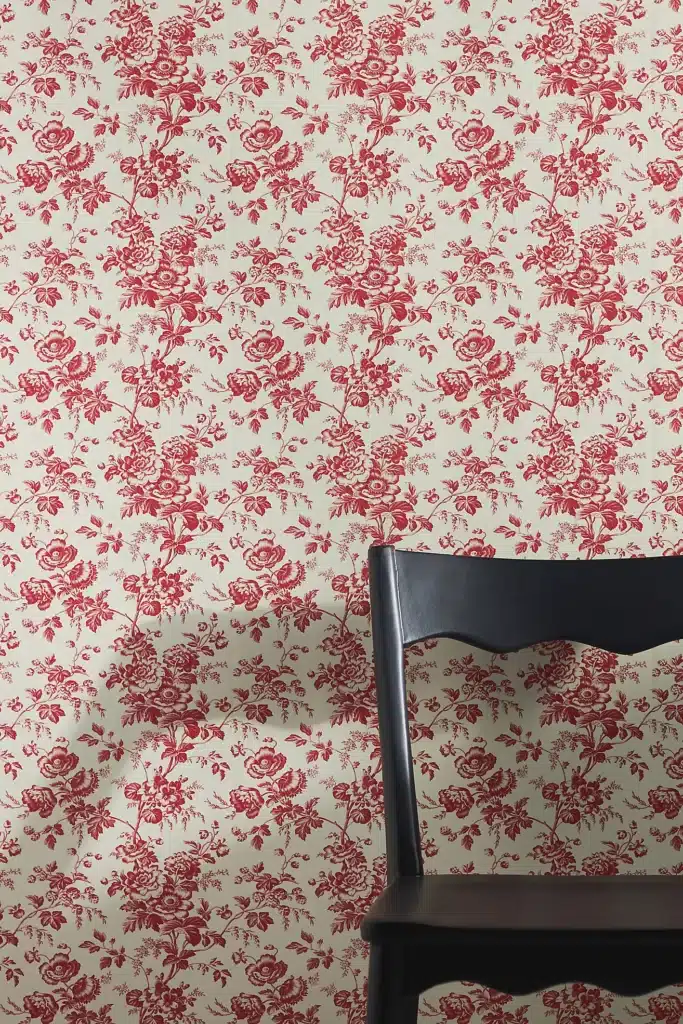
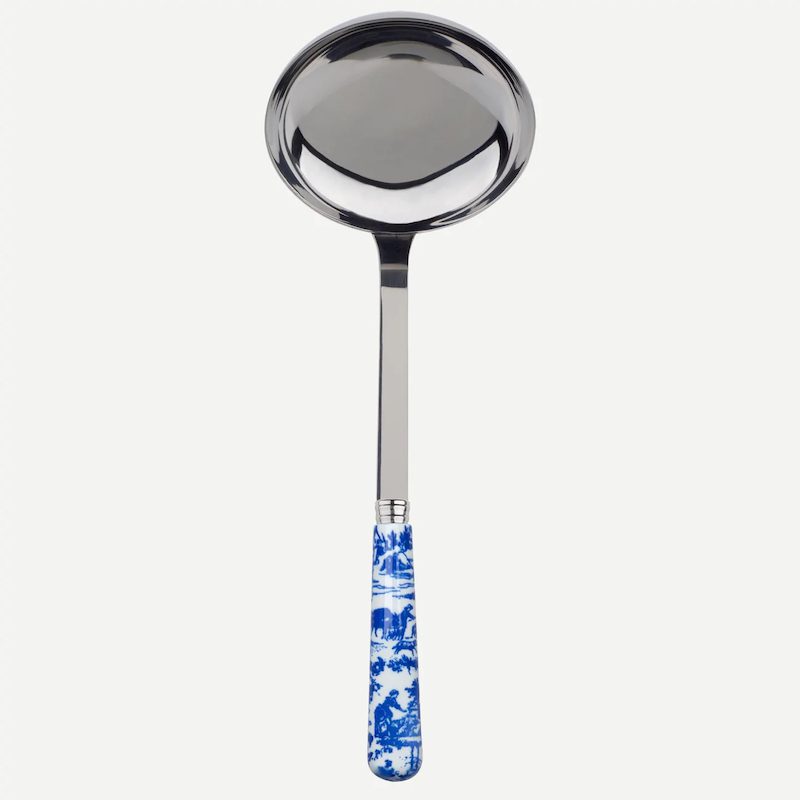
2. Provençal Indiennes
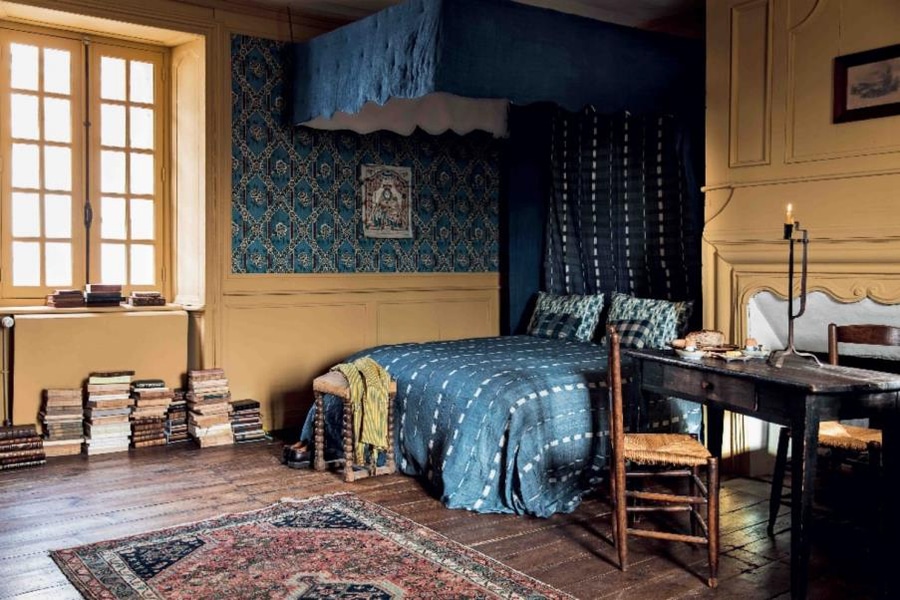

Provençal fabrics trace their origins to the 17th century, drawing inspiration from imported Indian cottons known as “indiennes.” These fabrics are celebrated for their bright colors and varying patterns, often featuring natural motifs and geometric designs. The traditional method involved printing using wooden blocks and natural dyes, resulting in vibrant and enduring colors. While the technique has evolved over time, many producers still practice old-school methods to preserve the authenticity of these French fabrics.
Reflecting the sunny climate and relaxed culture of the south of France, these bright and lively textiles bring warmth to any setting. A staple in French design, they are easily incorporated into rustic and country homes, as well as Mediterranean, coastal and shabby chic interiors, where a splash of color complements the natural materials and light, airy atmosphere. Whether used for table linens, curtains, or bed coverlets, Provençal fabrics continue to be a beloved choice for those seeking to infuse their homes with cheer and an artisanal touch.
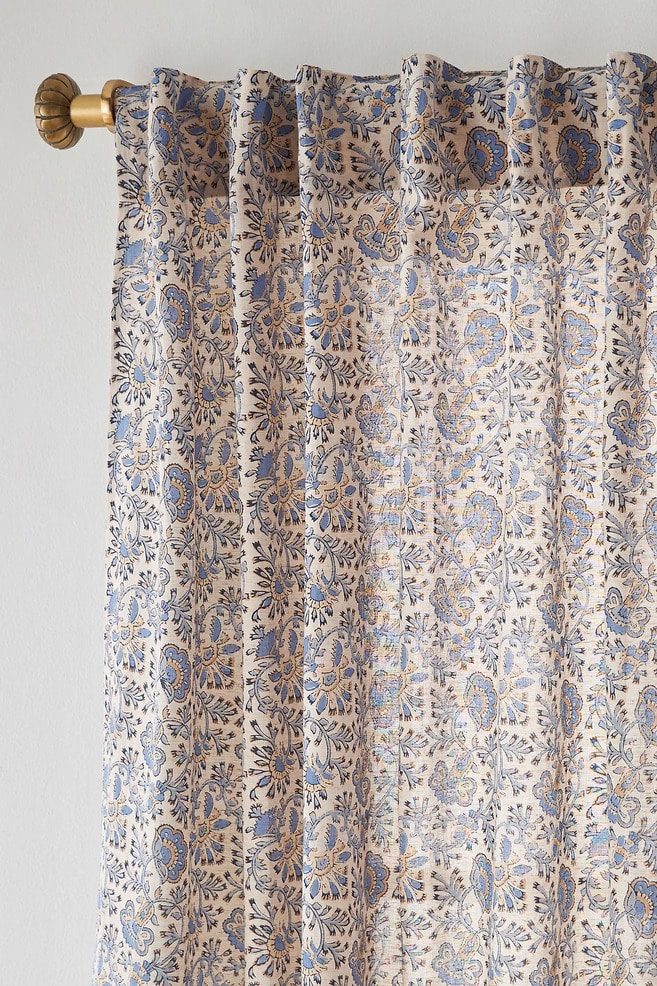
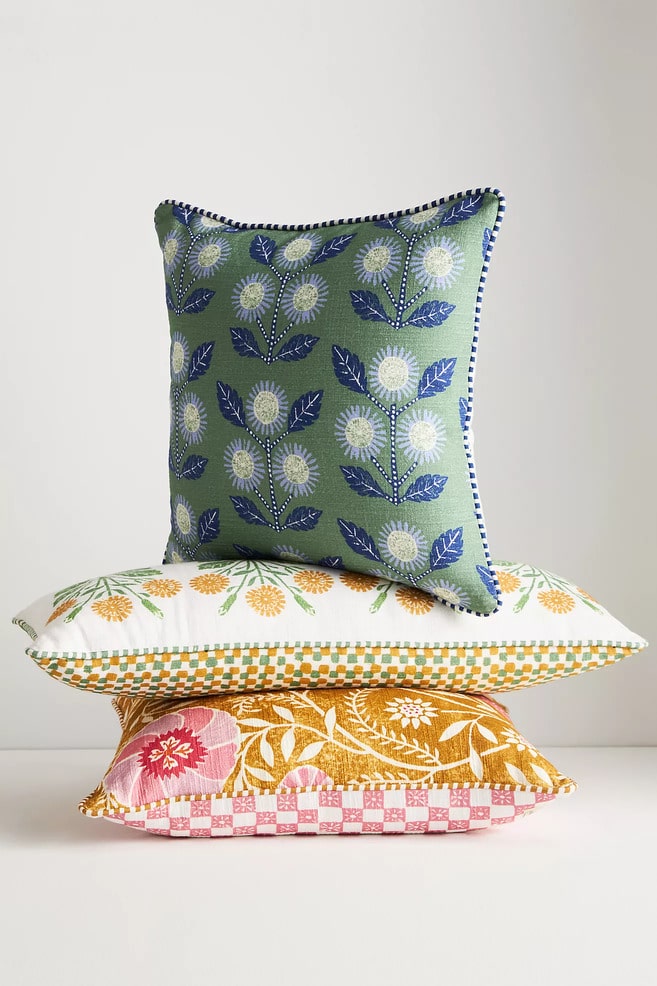
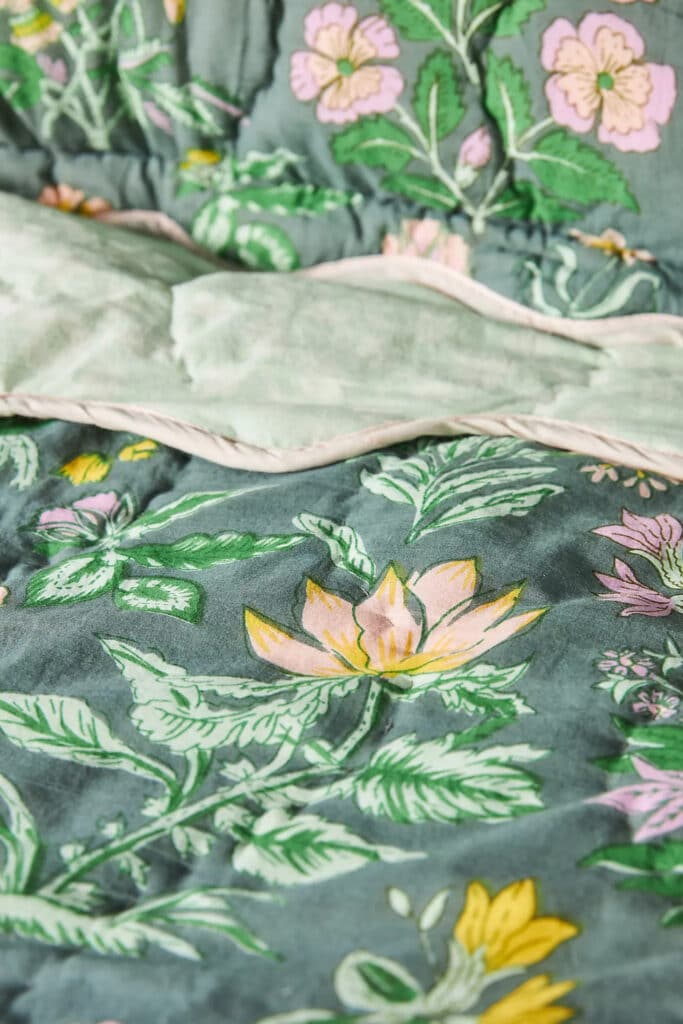
3. Tapestry
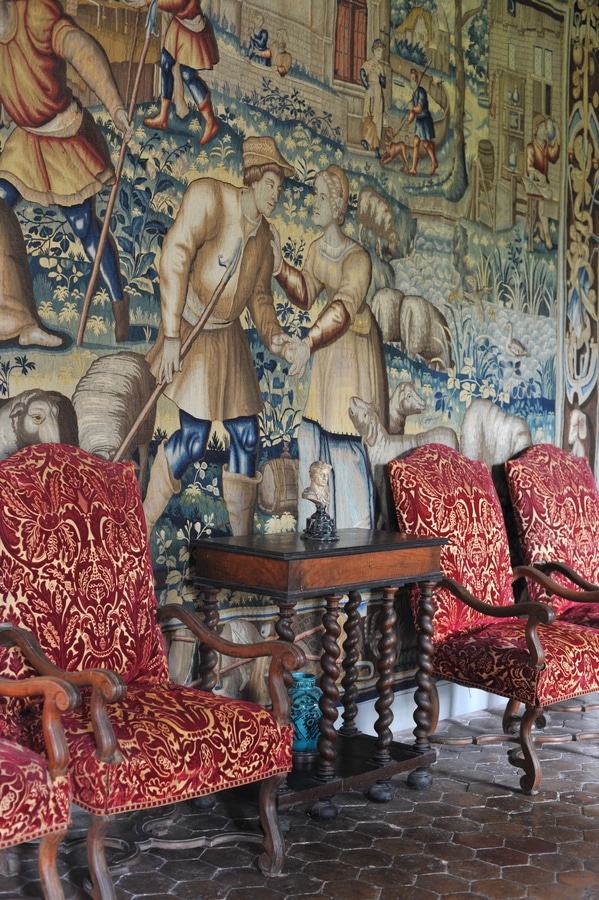
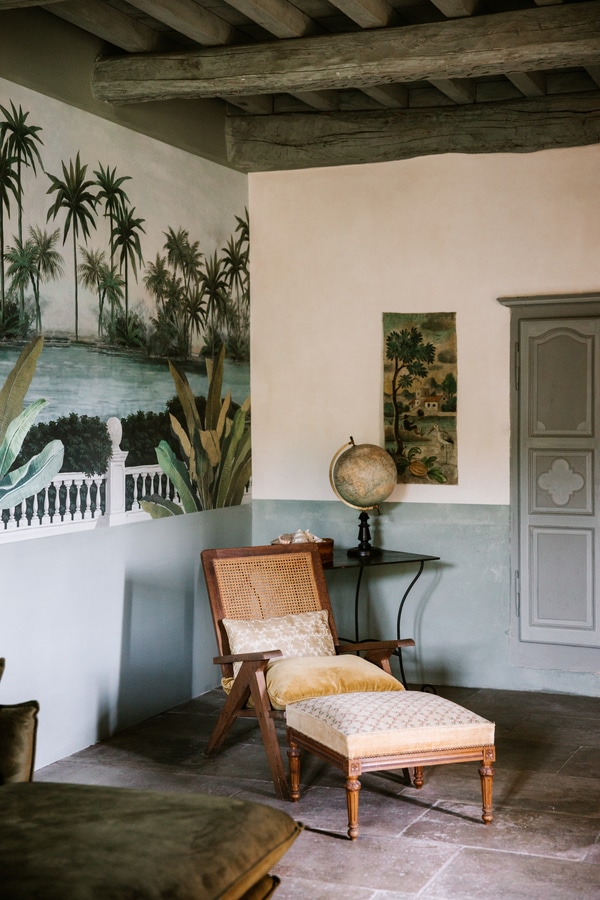
This French fabric dates back to the Middle Ages, with the Bayeux Tapestry being a renowned example. However, it was during the reign of Louis XIV in the 17th century that the art of tapestry weaving reached its zenith. The Gobelins Manufactory, established under the Sun King, became a symbol of this golden age, renowned for its elaborate designs. These tapestries often depicted mythological, historical, and pastoral scenes, showcasing the grandeur and cultural richness of the era.
The creation of tapestries is a labor-intensive process, involving large looms and a high level of precision and artistry from its artisans. These craftsmen use wool, silk, and sometimes even gold and silver threads in their work, resulting in detailed and textured artworks which are not only decorative but also carried significant artistic and cultural value.
Often reflecting the grandeur of the French court and the themes of power and mythology, tapestries serve as focal points. In modern interiors, tapestries bring a touch of historical grandeur and stateliness. You can style them in various ways, though wall hangings are the most common, where they create a dramatic statement in living rooms, hallways, or above fireplaces, their heavy texture drawing the eye and adding depth to the space. Additionally, incorporating tapestries into furniture upholstery can add a touch of opulence to chairs, sofas and footstools. For a more creative take, use tapestries for bed canopies, headboards or underfoot as rugs to introduce a regal touch to bedrooms.
Pro Tip: Tapestry wall hangings make a great choice for drafty spaces.
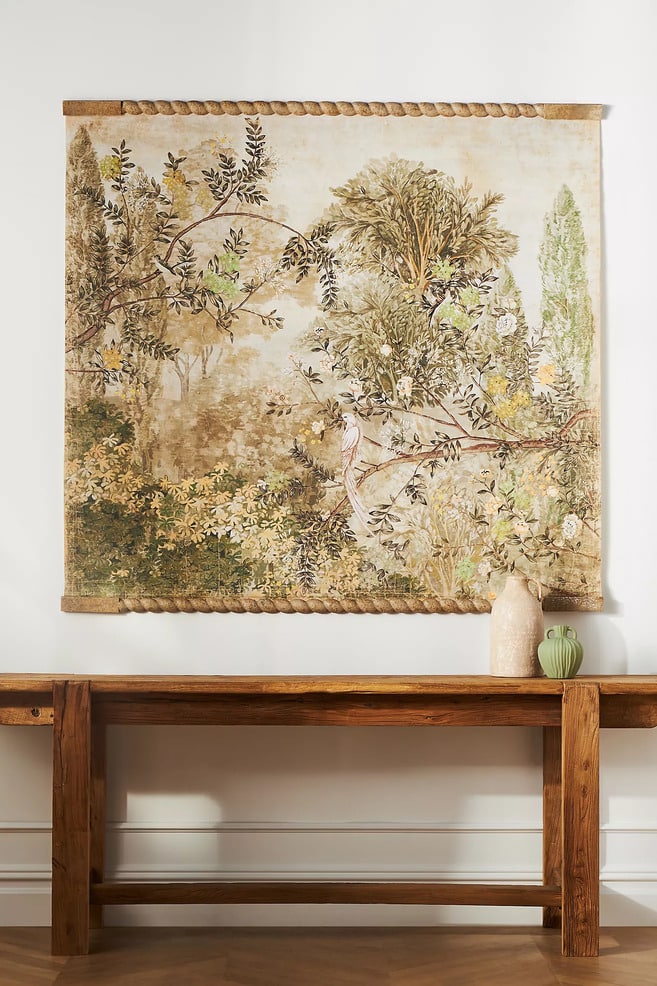
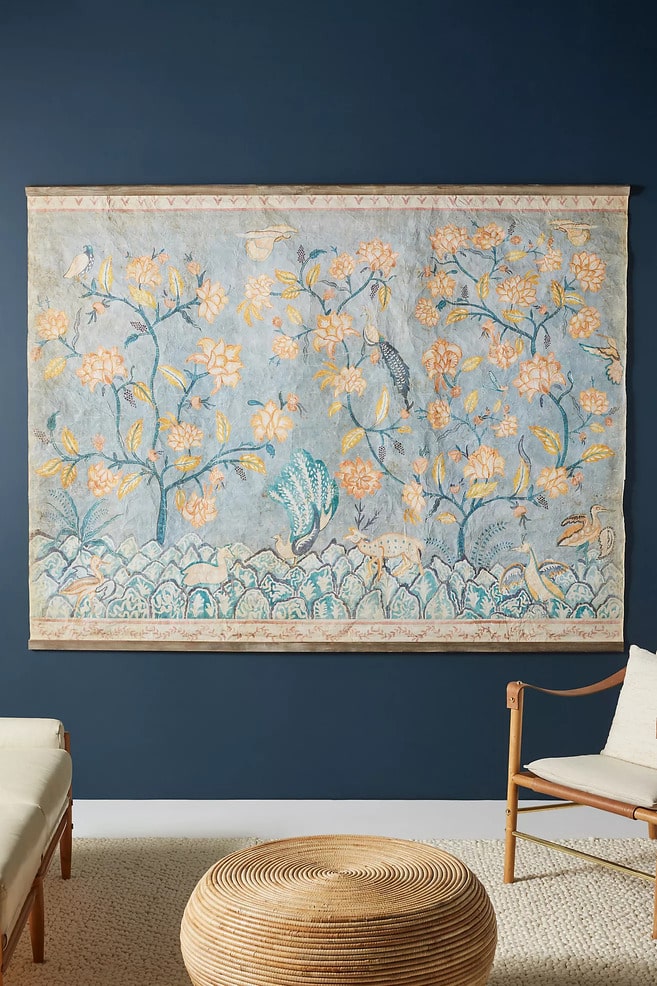
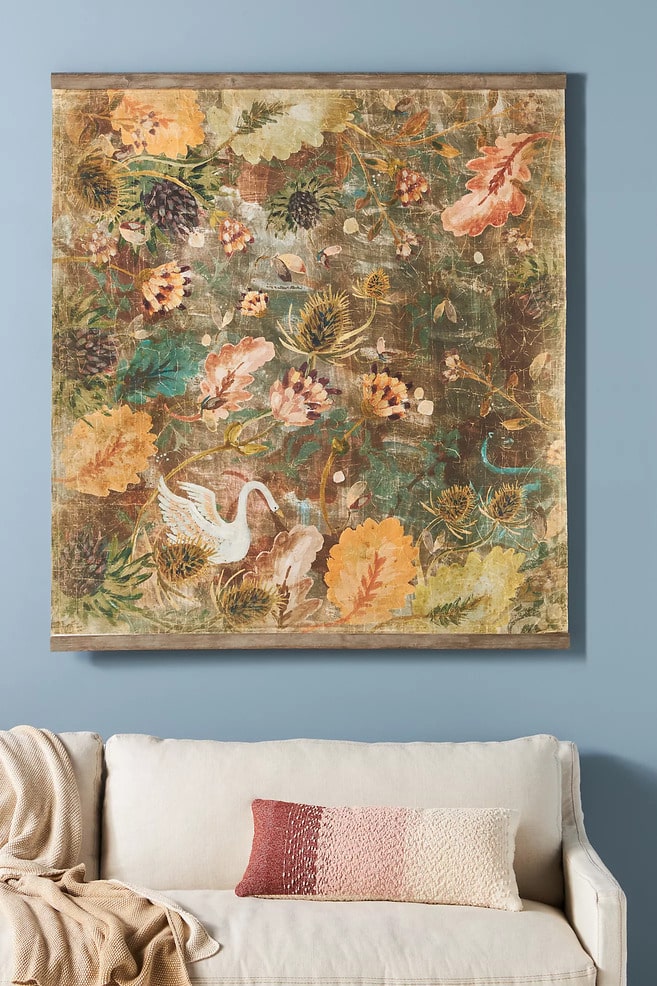
4. Normandy Linen
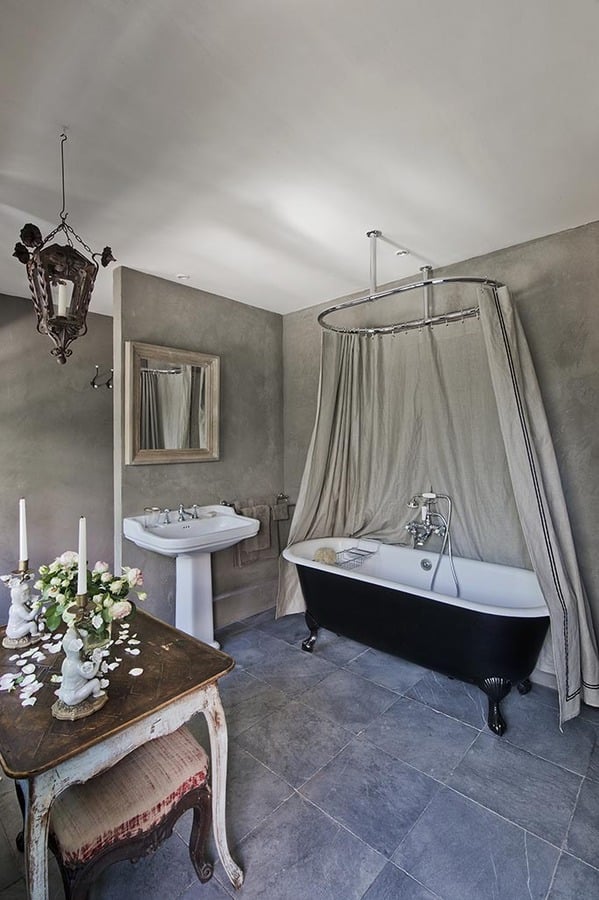
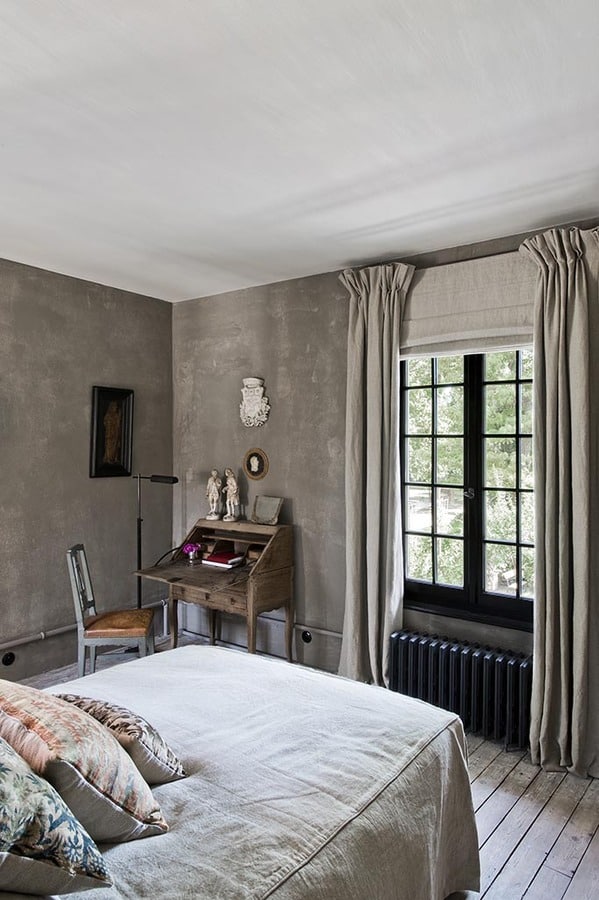
France, particularly the Normandy region, has a long-standing tradition of linen production dating back to the Middle Ages. The region’s climate is ideal for growing high-quality flax and French linen is celebrated for its excpetional durability, softness, and breathability. To this day, it remains a staple in French homes, often passed down through families as heirlooms.
In interior design, linen is highly valued for its natural texture, versatility, and understated elegance. Both functional and aesthetic, linen upholstery can bring a relaxed yet polished look to furniture pieces. Its breathability and durability make it an excellent choice for both frequently used and decorative items. For bedding, linen sheets, pillowcases, and duvet covers create a breathable sleeping experience, perfect for maintaining comfort throughout the seasons. For a creative rustic touch, try incorporating a linen headboard, canopy or shower curtain into your home design.
Linen is also a classic choice for table linens, creating a refined yet relaxed setting. Coming in a range of looks, from simple and understated to richly toned, they add depth and elegance to the table. It makes a great choice for enhancing both everyday meals and special occasions.
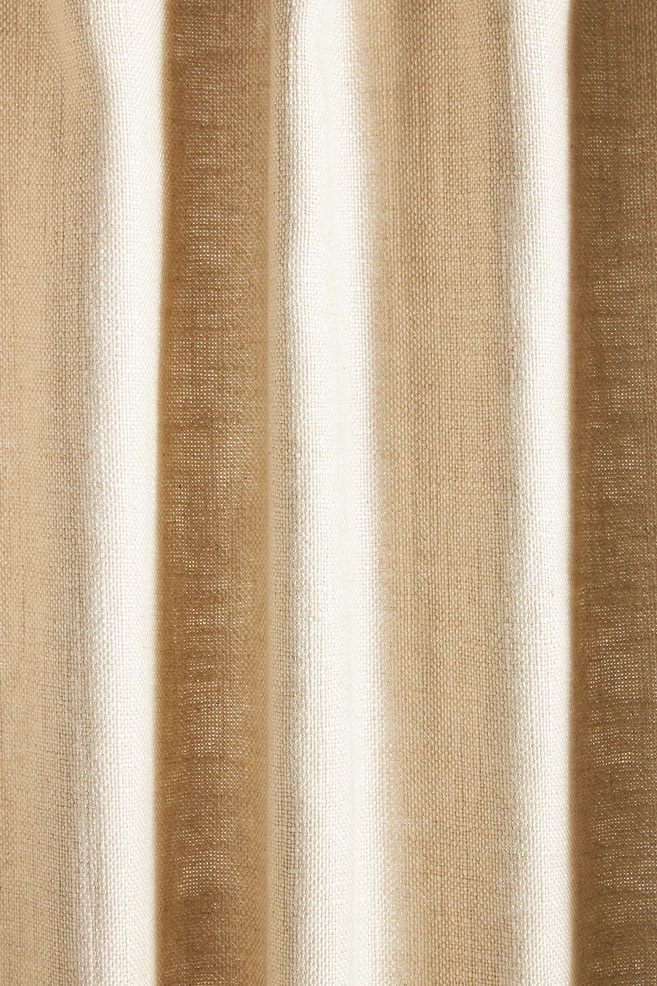
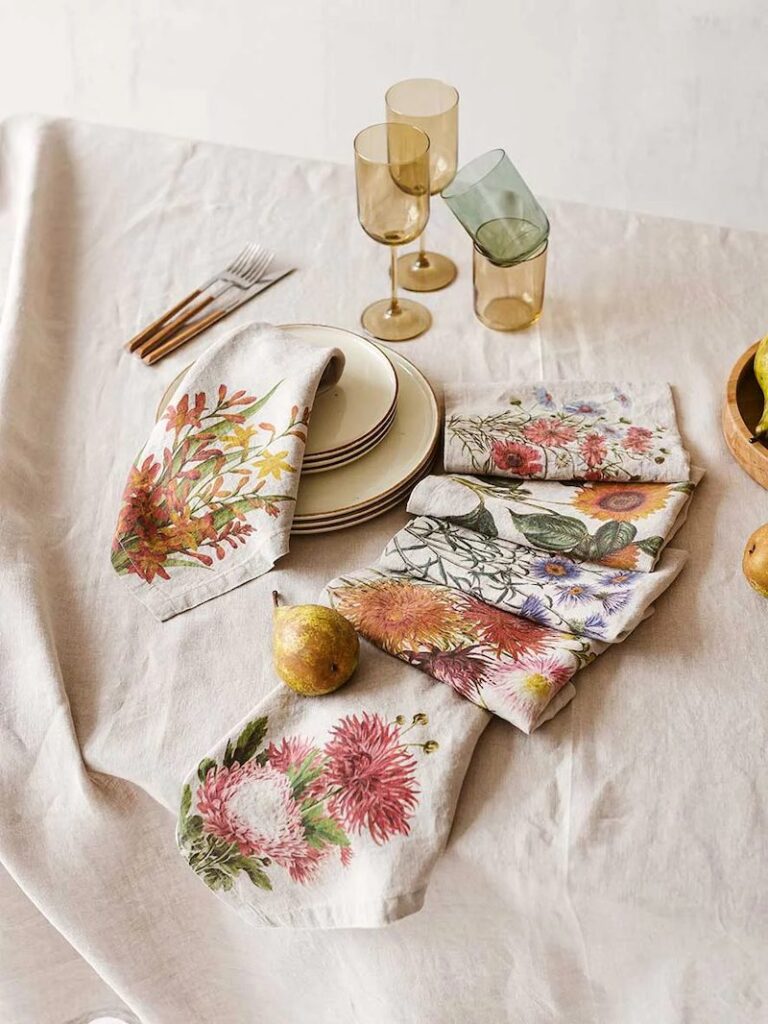
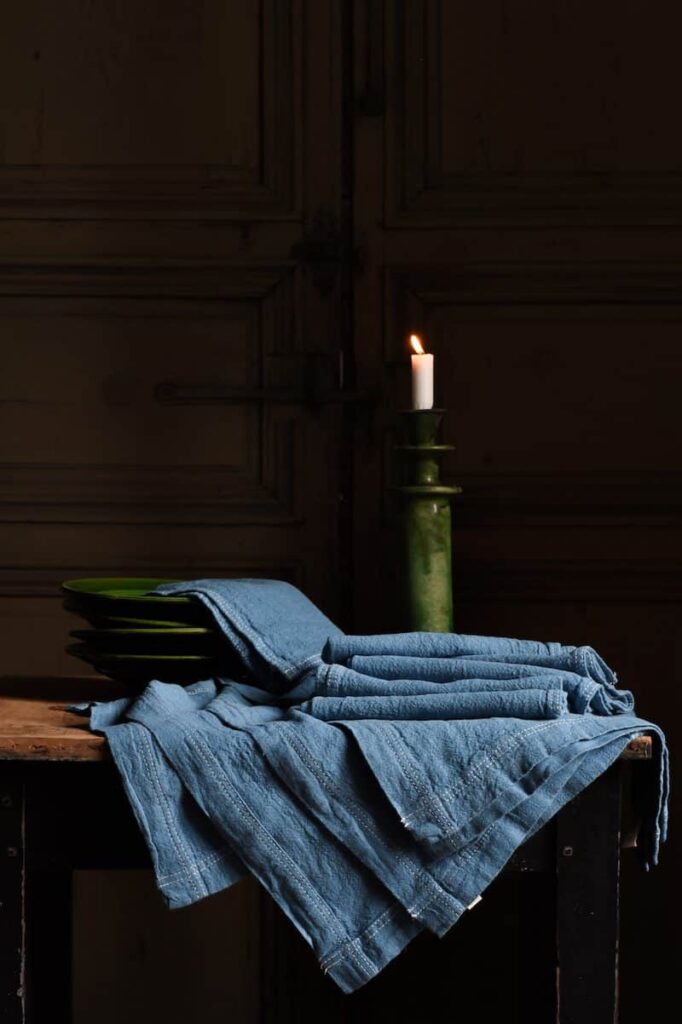
5. Silks
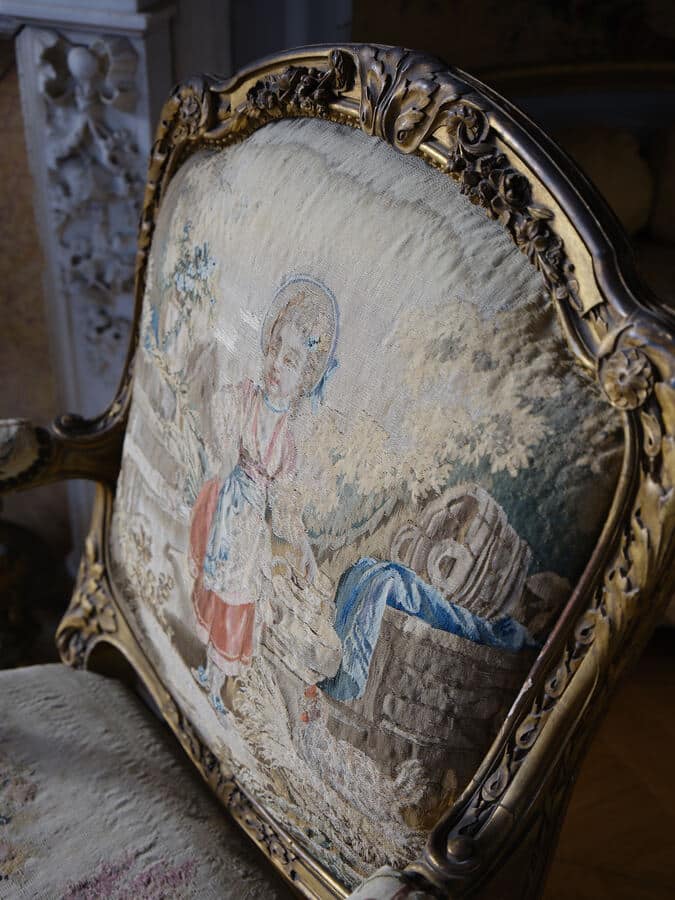
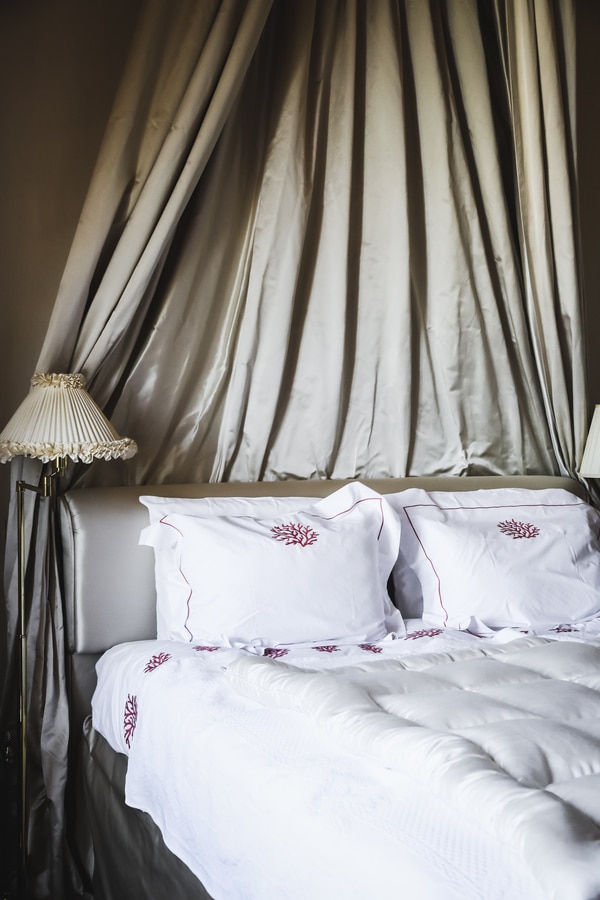
Perhaps the most treasured of French fabrics, French silk production began in the 16th century, with Lyon emerging as the center of the silk weaving industry. Bolstered by royal patronage — particularly by King Louis XIV, who established workshops to produce a nearly endless supply of silks for the court — French silk quickly became synonymous with luxury, sought after by the elite across Europe and beyond.
Silk’s natural sheen and smooth texture make it a versatile material for home application. Silk creates sumptuous window treatments. Although, to enhance durability and protect the fabric from sun damage, we recommend lining your curtains. Adding grandeur to any room, consider pleated or gathered styles for your drapery that showcase the fabric’s luster.
Alternatively, silk cushions instantly add an opulent touch to sofas, beds, and accent chairs. Try mixing and matching different textures, such as silk with velvet or linen, to create a layered and dynamic look. Opt for rich colors or intricate patterns to make a statement, or neutral tones for understated elegance.
Pro Tip: You can also you silk for upholstery. However, since it is a delicate fabric, choose furniture pieces that will experience minimal daily wear.
